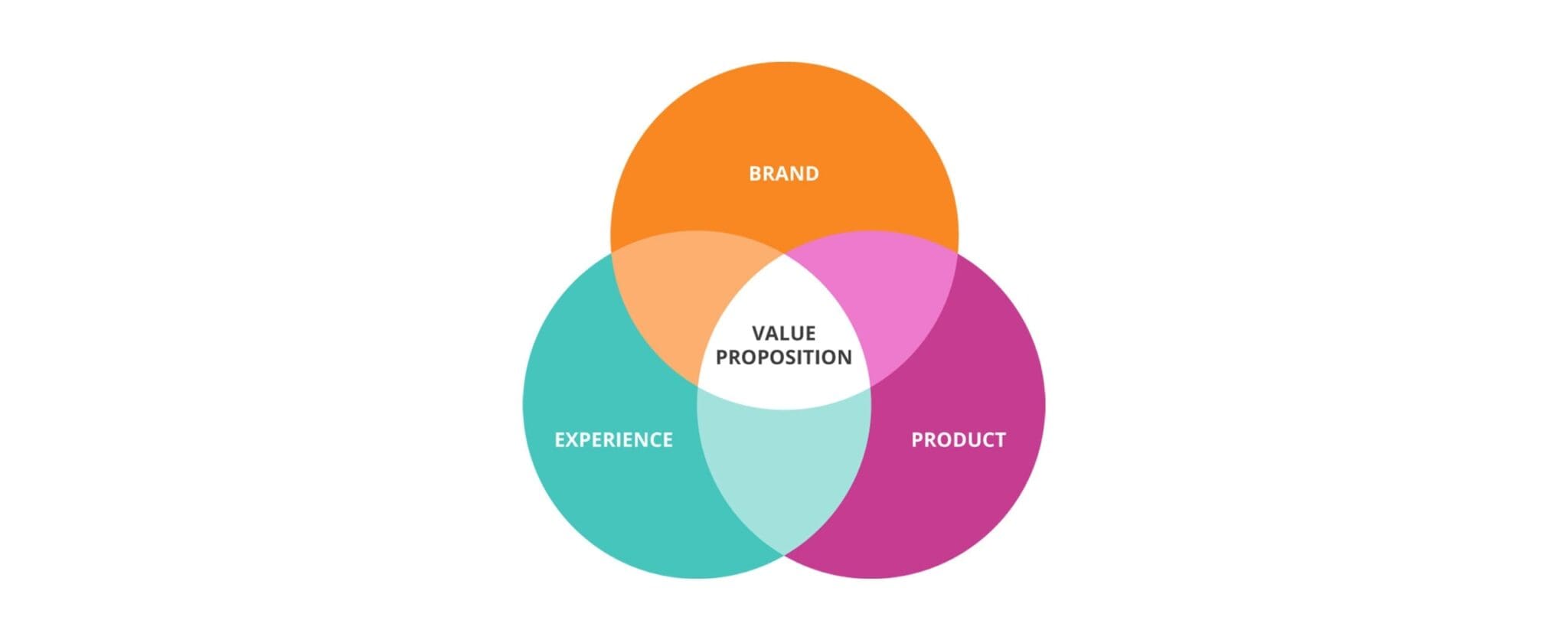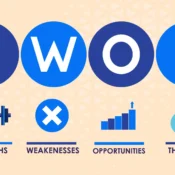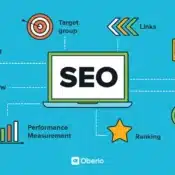Value Proposition in Marketing: Definition, Examples & Strategy Guide

September 23, 2025
/
Value Proposition in Marketing: Definition, Examples & Strategy Guide
In today’s competitive business world, customers are bombarded with endless choices. What makes them choose one brand over another often comes down to a clear and compelling value proposition. A well-crafted communicates the unique value your brand delivers, why customers should choose you, and how your offering stands apart from competitors. Closely linked concepts such as USP (Unique Selling Proposition), brand promise, and customer VP are essential pillars of effective marketing strategy and long-term strategic planning.
What Is a Value Proposition?
it is a clear statement that explains the benefits of your product or service, how it solves customer problems, and what makes it unique. It is not just about features—it’s about the perceived value and the promise of transformation for the customer. Key elements that include:- Relevance: How your product/service meets customer needs.
- Differentiation: What sets you apart from competitors.
- Clarity: A simple and easy-to-understand message.
- Proof: Evidence or credibility to back up your promise.
Why Is a Value Proposition Important for Business Growth?
A strong value proposition is more than just a marketing phrase—it’s the core marketing message that defines why customers should choose your brand over competitors. It communicates your unique selling point (USP), builds trust through a clear brand promise, and positions your business for sustainable growth. Here’s why a well-crafted VP is crucial for business success:- Drives differentiation in the market: highlights your competitive advantage, showing what makes your product or service unique compared to alternatives.
- Guides strategic decision-making: It becomes a foundation for your brand positioning, ensuring consistency across campaigns, sales pitches, and customer communications.
- Improves customer acquisition and retention: By addressing customer needs, pains, and desired outcomes, demonstrates both functional and emotional value.
- Supports long-term brand loyalty: A consistent brand promise reassures customers that your business delivers on its commitments, creating stronger relationships.
- Boosts overall business growth: Clear messaging reduces confusion, strengthens market presence, and enhances both B2B and B2C marketing strategies.
B2B vs B2C Value Proposition: What’s the Difference?
When building it , the approach for B2B (business-to-business) and B2C (business-to-consumer) audiences is different. In B2B marketing, usually focuses on ROI, efficiency, and problem-solving. Businesses want proof that your solution reduces costs, increases productivity, and supports long-term growth. A strong USP in this context highlights measurable results and is backed by a clear brand promise. On the other hand, B2C value propositions rely more on emotional value, lifestyle benefits, and convenience. Consumers respond to messages that emphasize personal satisfaction, ease of use, and differentiation from competitors. Here, the competitive advantage should be simple, engaging, and directly connected to customer needs. 👉 The key difference: B2B value propositions appeal to logic and numbers, while B2C propositions speak to emotions and experiences. By tailoring to the right audience, you ensure stronger positioning, better engagement, and sustainable growth.USP vs. Value Proposition vs. Brand Promise
The unique selling proposition (USP) represents the one clear feature or benefit that makes your product or service stand out in the market. It’s about highlighting a competitive advantage that competitors cannot easily replicate—whether it’s the fastest delivery time, the lowest price, or the highest quality. A strong USP is specific, measurable, and directly tied to customer needs, making it an essential part of your overall marketing differentiation strategy. Goes beyond a single feature. It communicates the broader promise of value your business delivers, combining functional, emotional, and even social benefits. Unlike the USP, which narrows down on one aspect, the value proposition paints the bigger picture: why customers should choose you and what transformation or outcome they can expect. A compelling of it aligns with customer pains and desired gains, making it the foundation of effective VP design. The brand promise is the long-term commitment your business makes to customers and must consistently deliver on. While the USP attracts attention and the value proposition explains the broader benefits, the brand promise builds trust and loyalty. It reinforces your core marketing message, ensures brand consistency across all touchpoints, and reassures customers that your company stands behind its words with action. A strong brand promise strengthens brand positioning and creates emotional connections that last. For example:- USP: “Delivered in 30 minutes or less.”
- Value Proposition: “Convenient, reliable, and fast food delivery anytime you need it.”
- Brand Promise: “We bring food to your door quickly and reliably, every time.”
How to Conduct Value Proposition Design
Here’s a practical step-by-step framework for building a winning value proposition:Step 1: Define Your Objectives
Every strong of it starts with clear objectives. Decide whether your goal is to increase conversions, differentiate from competitors, or enter a new market. By aligning your customer value proposition with measurable business objectives, you ensure that your message supports both short-term results and long-term growth.Step 2: Research Your Customers
Effective development for it requires a deep understanding of your audience. Use surveys, interviews, and analytics to uncover customer jobs, pains, and gains—the tasks they need to complete, the challenges they face, and the outcomes they desire. This research forms the foundation of a customer-centric value proposition that truly resonates.Step 3: Map the Value Proposition Canvas
Canvas is a practical tool to match your offering with customer needs. On one side, map out customer jobs, pains, and gains; on the other, list product features, pain relievers, and gain creators. This structured approach ensures that your value proposition statement connects product benefits with real customer problems, increasing your chances of achieving product-market fit.Step 4: Identify Your USP
A clear unique selling proposition (USP) highlights the one feature or advantage competitors cannot easily replicate. This is what creates your competitive advantage. Whether it’s speed, affordability, or innovation, your USP strengthens the broader value proposition by showing why customers should choose your brand over alternatives.Step 5: Craft the Statement
Turn your insights into a simple and persuasive value proposition statement. A proven formula is: 👉 “We help [customer segment] achieve [benefit] by providing [unique solution], unlike [main competitor].” This format ensures clarity, relevance, and differentiation while reinforcing your brand promise.Step 6: Test and Validate
A strong value proposition must be tested. Use A/B testing, pilot campaigns, and customer feedback to confirm that your message resonates. Validation helps refine, ensuring it delivers both credibility and measurable impact.Step 7: Integrate Across Strategy
Should not remain a marketing slogan. Embed it across your brand positioning, marketing campaigns, sales messaging, and even product development. A consistent brand promise creates trust and makes the core of your overall marketing strategy.Step 8: Monitor and Refine
Markets evolve, and so do customer expectations. Continuously track performance, competitor moves, and customer feedback. By refining your value proposition design regularly, you maintain relevance, protect your competitive edge, and strengthen long-term brand loyalty.Value Proposition Examples in Marketing
Seeing real-life value proposition examples makes it easier to understand how businesses use them to stand out and connect with their audience. A strong customer value proposition combines clarity, differentiation, and a consistent brand promise that supports long-term growth.Example 1: B2B – SaaS Project Management Tool
- Old Message: “Feature-packed project management software.”
- New Value Proposition: “Keep your team aligned, projects on track, and deadlines met—all in one easy-to-use platform.” 👉 This example highlights functional value (organization, meeting deadlines), while also addressing customer pains like wasted time and confusion. It also shows how the USP (simplicity) is part of a broader value proposition design.
Example 2: B2C – Food Delivery Service
- USP: “Delivered in 30 minutes or less.”
- Value Proposition: “Convenient, reliable, and fast food delivery anytime you need it.”
- Brand Promise: “We bring food to your door quickly and reliably, every time.” 👉 Here, the company blends a clear unique selling proposition with emotional benefits (convenience, reliability) while reinforcing a trustworthy brand promise.
Example 3: E-commerce Brand
- Value Proposition: “Shop sustainable fashion that makes you look good and feel good—affordable, eco-friendly, and delivered to your door.” 👉 This combines emotional value (feeling good, sustainability), functional benefits (affordable, home delivery), and social value (eco-friendly choices).
Best Practices for Crafting a Strong Value Proposition
- Keep it customer-centric: Focus on outcomes for the customer, not just features.
- Be clear and concise: Avoid jargon—make it easy to understand.
- Back it up: Use testimonials, data, or case studies to prove your claim.
- Differentiate boldly: Don’t blend in; stand out.
- Stay consistent: Ensure alignment between value proposition, USP, and brand promise.
Case Study: Successful Value Proposition in Action
A SaaS company offering project management tools redesigned its value proposition:- Old Message: “Feature-packed project management software.”
- New Message: “Keep your team aligned, projects on track, and deadlines met—all in one easy-to-use platform.”
- 35% increase in sign-ups.
- 20% higher customer retention.
- Stronger brand positioning against competitors.
FAQs
Q1: What is the difference between USP and value proposition? USP focuses on one unique feature; value proposition communicates the full value experience. Q2: Can small businesses benefit from it design? Yes—clear positioning is even more critical for small businesses competing with larger players. Q3: How often should be updated? At least annually, or when launching new products, entering new markets, or reacting to major customer/market changes. Q4: Where should be used? On websites, ads, sales decks, product packaging, and all customer-facing communication.Conclusion
A strong value proposition, supported by a clear USP and consistent brand promise, is the foundation of any successful marketing strategy. It ensures businesses connect meaningfully with customers, stand out in competitive markets, and align their strategic planning strategies with customer expectations. By following a structured value proposition design process, companies can continuously refine their message, improve targeting, and achieve sustainable growth.Ready to Build a Winning Value Proposition?
👉 Contact Above Quality today to start crafting a powerful value proposition that drives conversions and long-term success.
Recent Posts
ahmed/0 Comments
SWOT Analysis for Marketing
ahmed/0 Comments
SEO Audit: The Ultimate Guide to Perfecting Your Website Performance
ahmed/0 Comments




